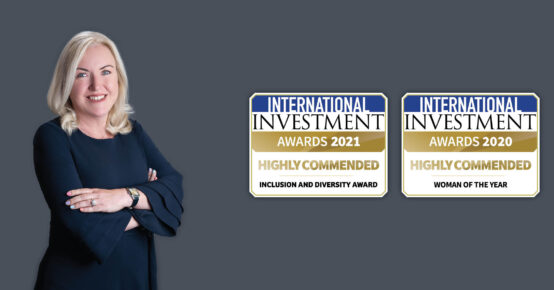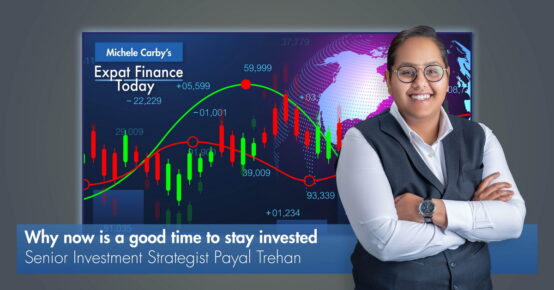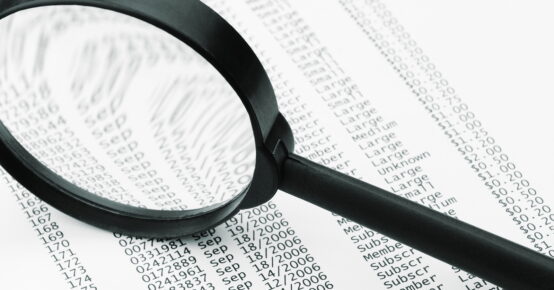One aspect that is important to understand where your pension is concerned is your annual allowance. When you contribute to your pension you receive generous tax relief until you reach your annual allowance.
The rules around your annual allowance are complex and it is often difficult to know how much your annual allowance actually is. This can cause no end of headaches where wealth management is concerned. A good financial planner is needed in all instances.
In this post, I look at annual allowance in all of its complexities.
Pension Annual Allowance: The Basics
If you are a British resident your annual allowance is as much as you earn capped at £40,000. This includes all contribution sources such as your employer or friend contributions. You can put more than this into your pension fund but contributions from employer and other sources will start to incur tax penalties.
The government will also look at your member rights over the next year if you have a defined contribution or final salary pension scheme.
Non-Taxpayers, Children
For children and non-taxpayers annual allowance is £2,880. After tax relief, this figure becomes £3,600. Thanks to the wonders of compound interest many people now set up pension schemes for their children.
Money Purchase Annual Allowance
If you have started claiming your pension you still receive an annual allowance. This is called a money purchase annual allowance. The current rate is £4,000 and comes into play if you withdraw more from your pension more than your tax-free allowance. It does not apply to annuity purchases.
High Earners and Annual Allowance
From 2016 the allowance rules for high earners changed. To calculate annual allowance for high earners, HMRC now applies ‘adjusted’ income and ‘threshold’ income.
‘Adjusted’ and ‘threshold’ income are defined as:
‘Threshold’ income
- This is your total taxable income including income from investments
- It also includes salary sacrifice and flexible working pension contribution arrangements after July 2015
- Your personal pension contributions made from after tax-income including tax relief are deducted from the figure.
- As are lump-sum death benefits received from registered pension schemes.
‘Adjusted’ income
- This is your total taxable income including income from investments
- It includes all pension contributions including net pay arrangements
- Personal pension contributions and lump-sum death benefits received from registered pension schemes are deducted.
If your income is higher than £150,000, your annual allowance changes. For every £2 of ‘adjusted’ income, annual allowance falls by £1. This will reduce to a minimum of £10,000 annual allowance. If you earn more than £210,000 per year, your annual allowance will be £10,000.
However, if your ‘threshold’ income is less than £110,000, annual allowance won’t change.
Carrying forward Unused Allowance
It is possible to carry forward unused annual allowance. This is called pension carry forward and works like this:
- You can carry forward the last three years allowance providing you have had a pension during this time
- You have used your allowance (£40,000 for most) in the current year
- You can claim annual allowance for the years you have not, and it can be in different pension schemes.
If you earn more than £40,000 a year, this is something to investigate. Speak to your financial planner or contact me today.
Business Owners and Annual Allowance
If you are a business owner you may want to consider making contributions to your pension fund from your company. Contributions from your company are not restricted like employer contributions, and as most of your earnings are coming from dividends rather than salary, you are probably only able to make limited contributions to your fund.
Business contributions do not pay national insurance on contributions, and although they count towards your annual allowance, using carry forward you can potentially boost your pension pot by £120,000 this year using carry forward rules.
It is also possible to write off the contribution against corporation tax providing that HMRC is satisfied that the purpose it is for the employer’s business.
Make Sense of Annual Allowance
As you can see annual allowance is complicated to say the least. However, it is financially rewarding and enlightening and essential to see how much you are entitled to and to factor it into your wealth planning. My award financial planning services can help you do this effectively and efficiently. Complete the Call Back Service form today.
Source: Financial Planning Matters
For more information, please contact Michele Carby at Holborn Asset Management on +971 50 618 6463 and on e-mail at [email protected]












